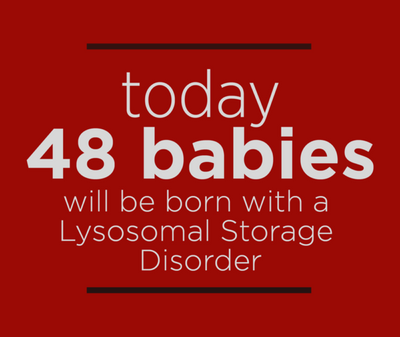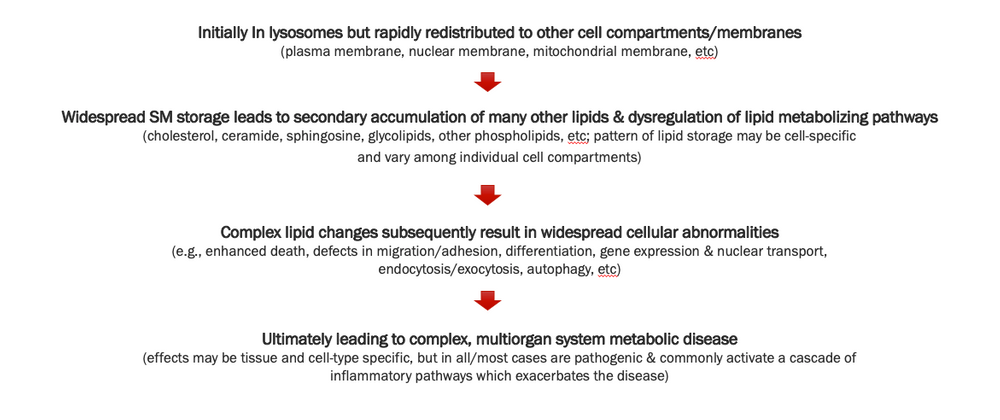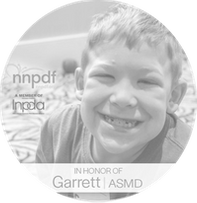Lysosomal Storage Diseases (LSDs)

Lysosomes are the body’s cleaning system. In normal function, waste materials at a cellular level are processed in the lysosomes, “recycled” by enzymes and broken down into simpler components for the cells to utilize. Lysosomal Storage Diseases, simply put, result when certain enzymes are not present. The result is that certain proteins and other byproducts accumulate and become toxic to the body. Depending on the type of deficiency, different body systems are affected. Currently there are more than 50 identified Lysosomal Storage Diseases and individually they are considered extremely rare, but as a whole affect roughly 1 in 7700 children.
While each Lysosomal Storage Disease is slightly different, many share common hurdles to overcome. For example, crossing the blood/brain barrier has been a tremendous challenge in creating potential therapies. We strongly believe that, by focusing on the common obstacles, the answers for one lysosomal storage disease may be the key to others as well.
Current Focus
Acid Sphingomyelinase Deficiency (ASMD), also known as Niemann-Pick Types A & B
Niemann Pick Disease Types A & B (NPA & NPB)
Niemann Pick Disease (NPD) is a rare lysosomal storage disease caused by deficient activity of acid sphingomyelinase (ASM) and the accumulation of sphingomyelin (SM). SM is an essential lipid component of all cell membranes, and makes up about 30% of all membrane lipids. ASM is required to maintain the proper metabolism of this essential lipid within lysosomes. The breakdown of SM by ASM also produces ceramide, an important bioactive lipid that regulates many cell stress responses. As such, SM has a dual role in cells to maintain the proper structure of membranes and as a precursor of ceramide. The underlying defect in NPD is the inability to breakdown SM due to mutations in the gene that produces ASM (SMPD1), leading to the accumulation of this lipid in virtually all cell types of the body and the resultant clinical manifestations of the disease.
As with all lysosomal storage diseases, NPD presents with a very wide range of phenotypes. Patients have been historically delineated into two types (Types A and B), although intermediate types also have been described (Type A/B).
Recently, these disease types have been replaced by a new nomenclature that more accurately describes their clinical presentation: Infantile Neurovisceral form (NPA), Chronic Neurovisceral form (NPA/B), and Chronic Visceral form (NPB). The disease itself is now simply referred to as Acid Sphingomyelinase Deficiency (ASMD). In addition to being more medically accurate, this new nomenclature also distinguishes this disease from Type C NPD, which is a distinct disorder due to mutations in a different gene.
For more information on the three different types of ASMD, click on the links below.
The progression & severity of ASMD in individual patients is directly dependent on the rate and extent of sphingomyelin storage and activation of the downstream processes. An ideal therapy will prevent or reduce SM storage, but also could target the downstream abnormalities (see schematic below).
Sphingomyelin Accumulation (SM)






